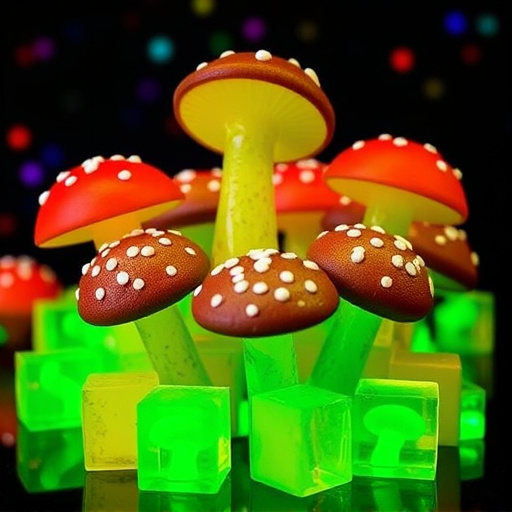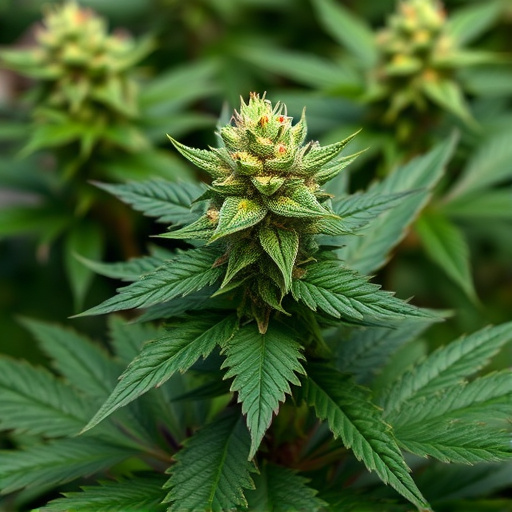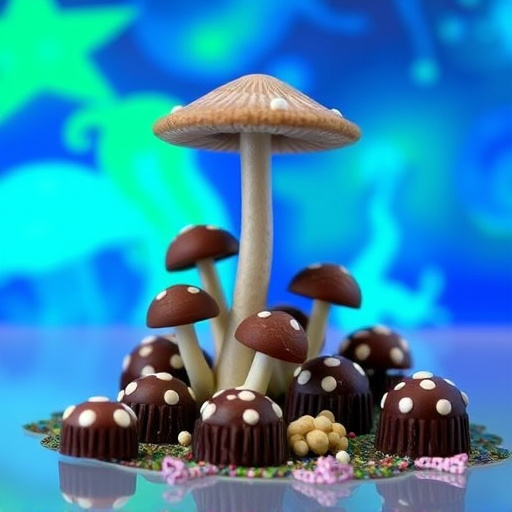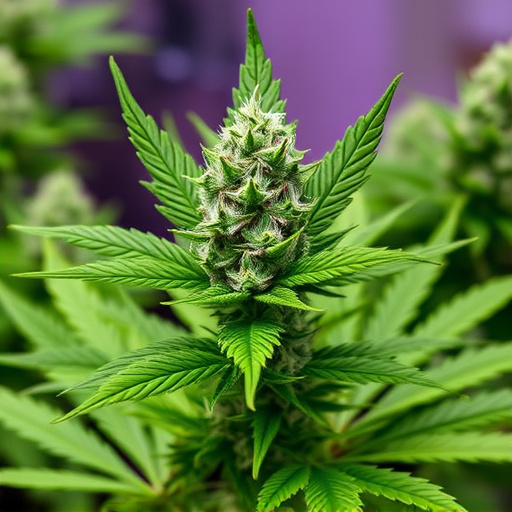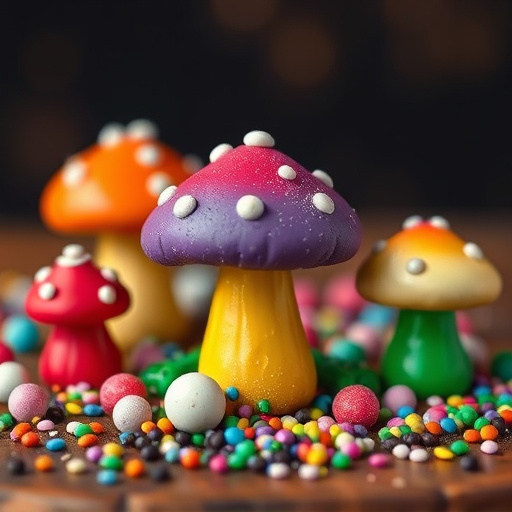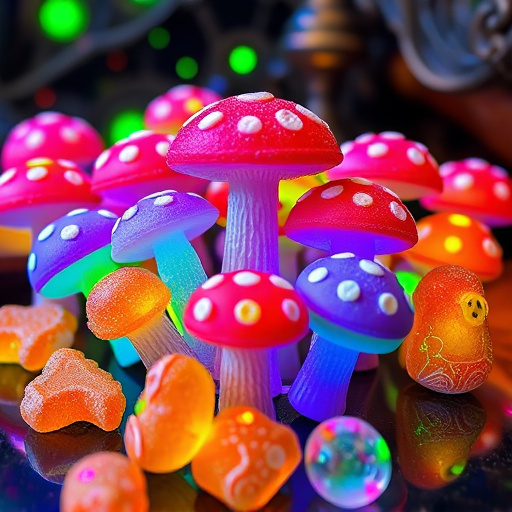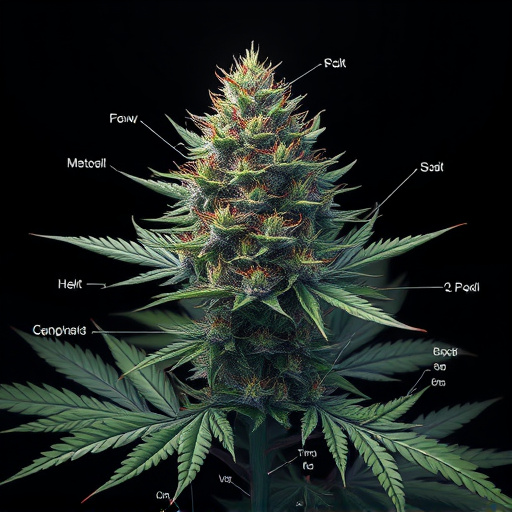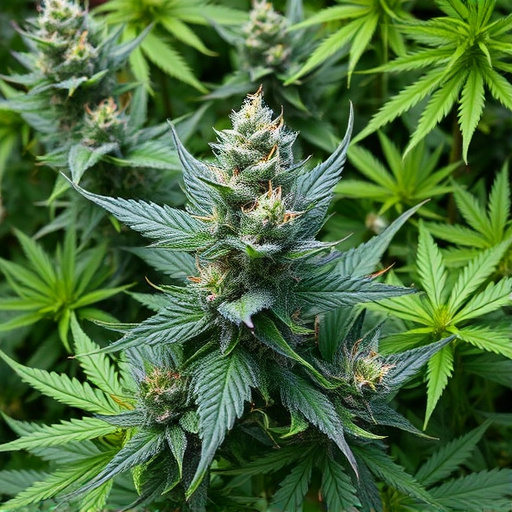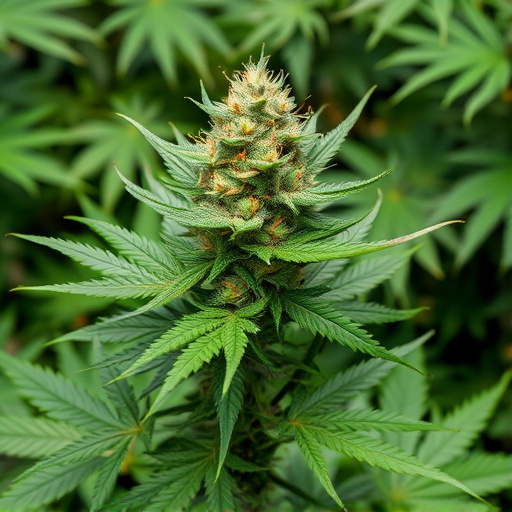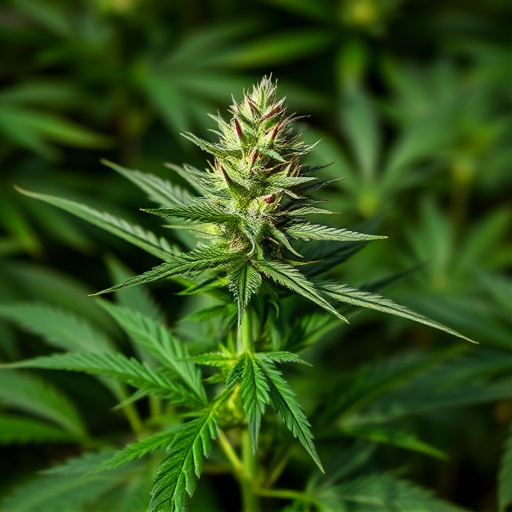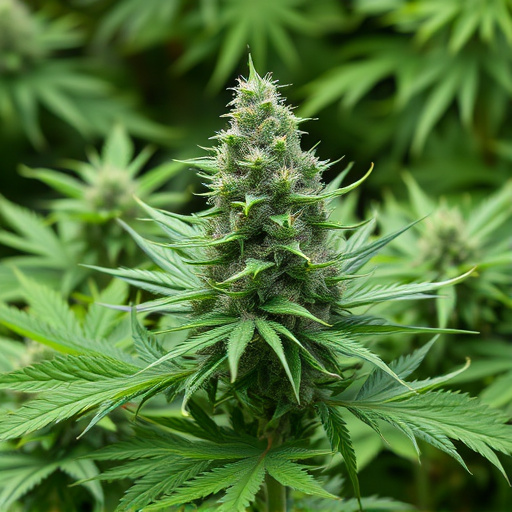Burn in cannabis refers to unpleasant tastes from smoking/vaporizing, prevented by optimal grind size which affects air flow and surface area. Coarse grinds enhance circulation for dense strains, while finer grinds maximize exposure for lighter ones, ensuring a balanced burn that preserves flavors. Grinding exposes compounds to air, causing oxidation that alters flavor profiles; understanding this is key for appreciating unique characteristics of different strains of cannabis. High-quality grinders and appropriate grind sizes for various consumption methods enhance both burn and flavor experiences, allowing users to uncover new flavor profiles within their preferred strains of cannabis.
Grinding cannabis is a critical step in preparing herbs for consumption, but its effects on burn and flavor are often overlooked. This article explores how the act of grinding influences the smoking experience, particularly focusing on burn rate and strain-specific flavor profiles. We’ll delve into the science behind it, offering insights that guide users to optimize their grinding techniques, ensuring a more enjoyable cannabis experience across various strains.
- Understanding Cannabis Burn: The Impact of Grinding
- Strain-Specific Considerations: How Grinding Affects Flavor
- Techniques for Optimal Grinding and Cannabis Experience
Understanding Cannabis Burn: The Impact of Grinding
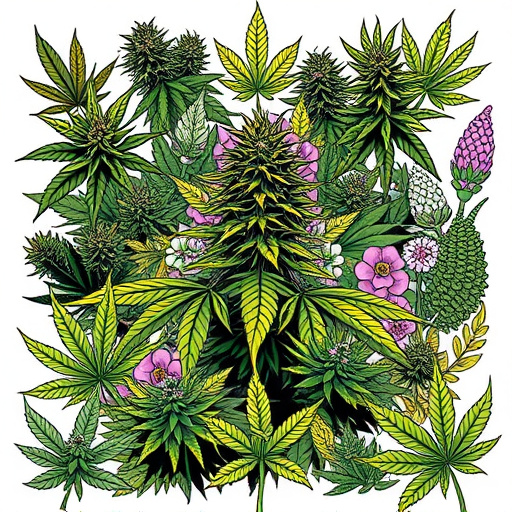
Understanding Cannabis Burn: The Impact of Grinding
When it comes to cannabis, the term “burn” refers to the negative effects that can occur during the smoking or vaporizing process, resulting in an unpleasant taste and reduced enjoyment. One significant factor influencing burn is the grind size of the cannabis strains. Different strains of cannabis have varying levels of moisture content and cannabinoid profiles, requiring specific grinding techniques to optimize burning and flavor extraction.
Coarse grinds allow for better air flow, reducing the risk of overly hot combustion points. This is particularly beneficial for dense or sticky cannabis strains. On the other hand, finer grinds maximize surface area exposure, enhancing vaporization efficiency and unlocking more aromatic compounds, which is ideal for lighter, airy strains. Getting the grind right ensures a balanced burn, preserving the delicate flavors and ensuring consumers can fully appreciate the unique characteristics of each strain.
Strain-Specific Considerations: How Grinding Affects Flavor
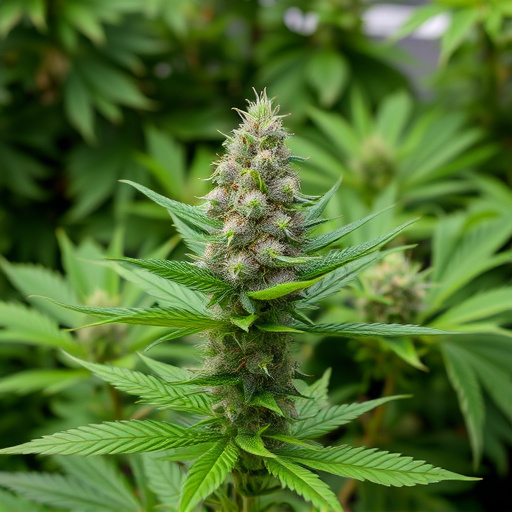
The act of grinding cannabis directly influences how it burns and ultimately impacts its flavor profile, which varies across different strains. Different strains of cannabis have unique chemical compositions, including varying levels of terpenes and cannabinoids, that contribute to their distinct aromas and tastes. When cannabis is ground, these compounds become more exposed to the air, leading to a rapid oxidation process. This natural reaction can significantly alter the strain’s flavor, making it sharper or duller, depending on the specific terpene makeup.
For instance, strains high in myrcene, a common terpene known for its earthy and musky notes, may exhibit enhanced flavors after grinding due to oxidation. Conversely, sativas with higher levels of limonene, offering citrusy and floral undertones, might experience a reduction in these bright, refreshing aromas upon grinding. Therefore, the way cannabis is ground should be considered by users seeking to preserve or enhance specific flavor characteristics associated with their preferred strains.
Techniques for Optimal Grinding and Cannabis Experience
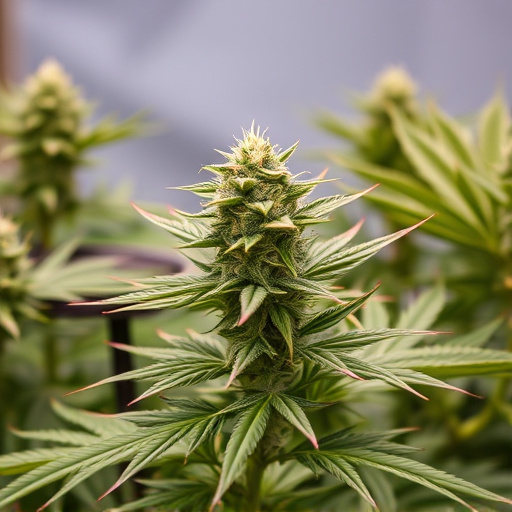
Optimal grinding techniques play a crucial role in enhancing both the burn and flavor experiences of different strains of cannabis. To achieve this, start by selecting the right grinder designed for cannabis. A good quality grinder with sharp teeth ensures even breakdown of the plant material, preserving delicate terpenes and flavors.
For an exceptional cannabis experience, grind your herb to a consistency that suits your preferred consumption method. For vaporization, a fine grind is ideal as it allows for rapid evaporation, enhancing the taste. If smoking in joints or blunts, slightly larger pieces retain more moisture, leading to a fuller, smoother hit. Experimenting with grinding sizes can reveal unique flavor profiles within various strains.
Grinding cannabis can significantly impact both burn quality and flavor, with optimal techniques enhancing the overall experience. Understanding how different strain characteristics interact with grinding ensures that consumers can unlock the full potential of their chosen strains. By employing precise grinding methods, from consistency to size, users can achieve a smoother, more flavorful burn, ultimately elevating their cannabis experience.
